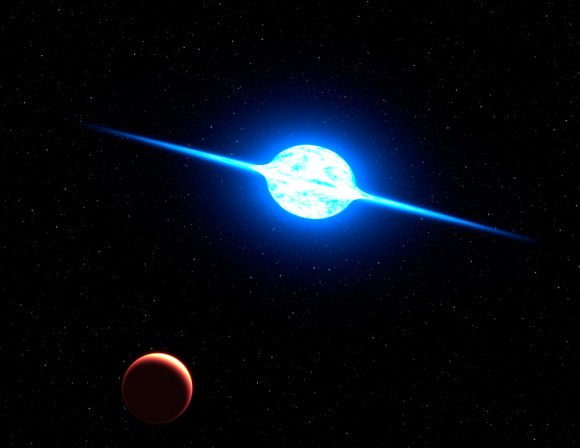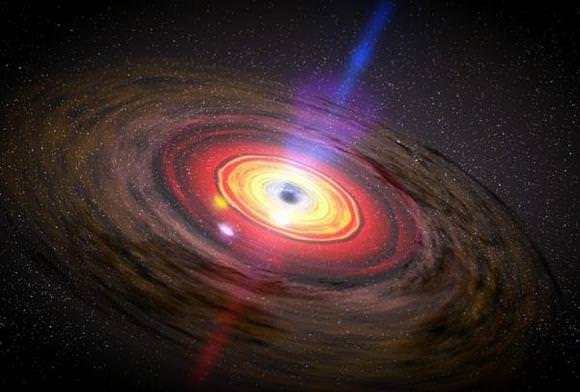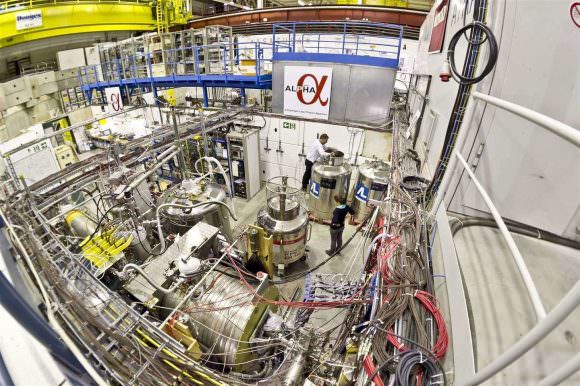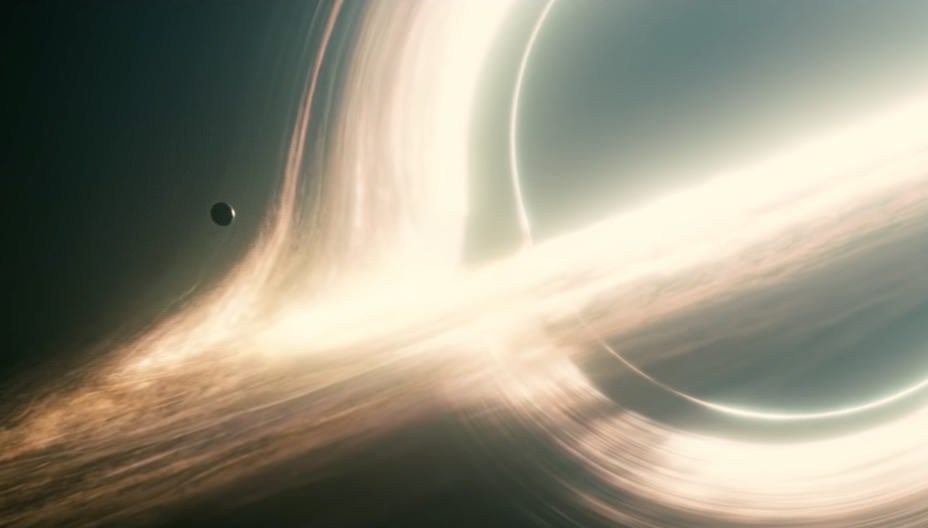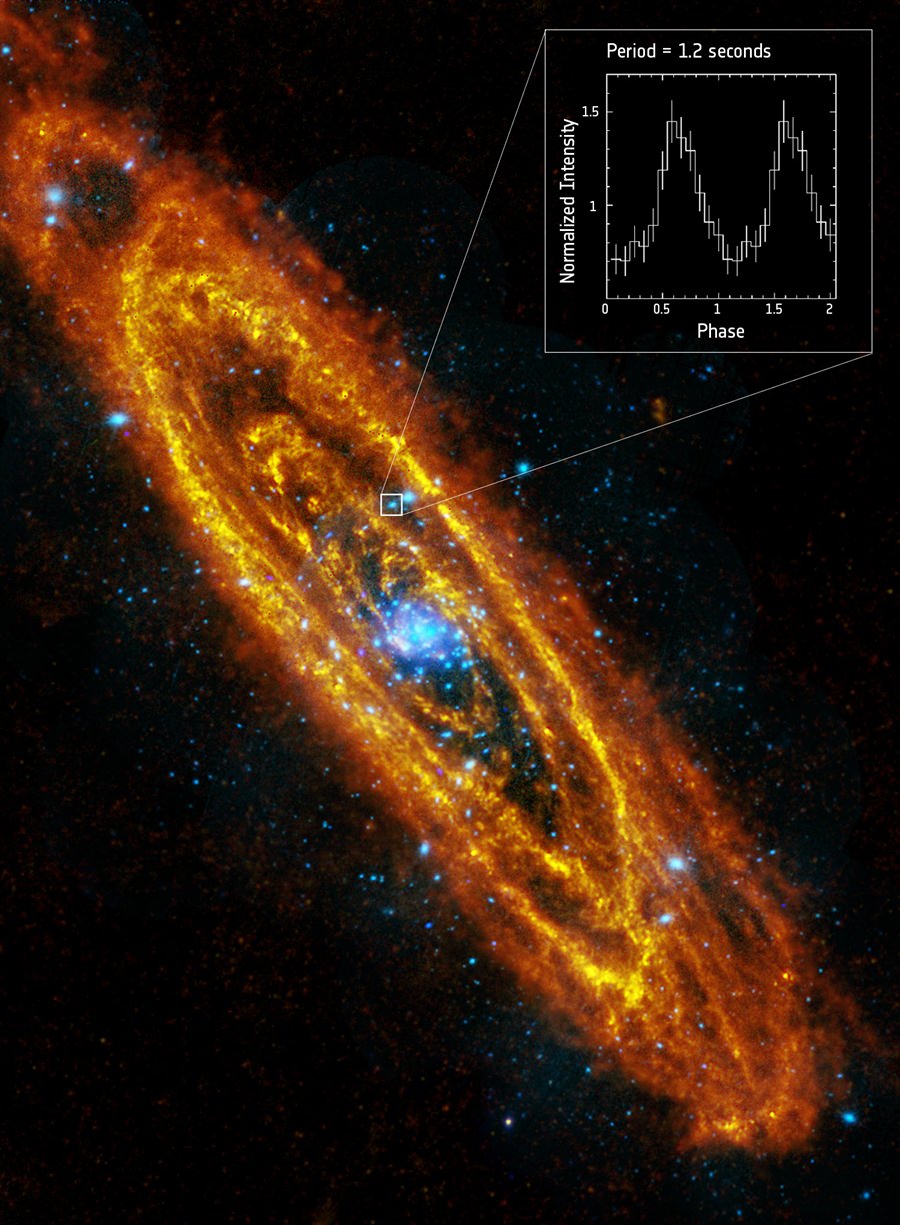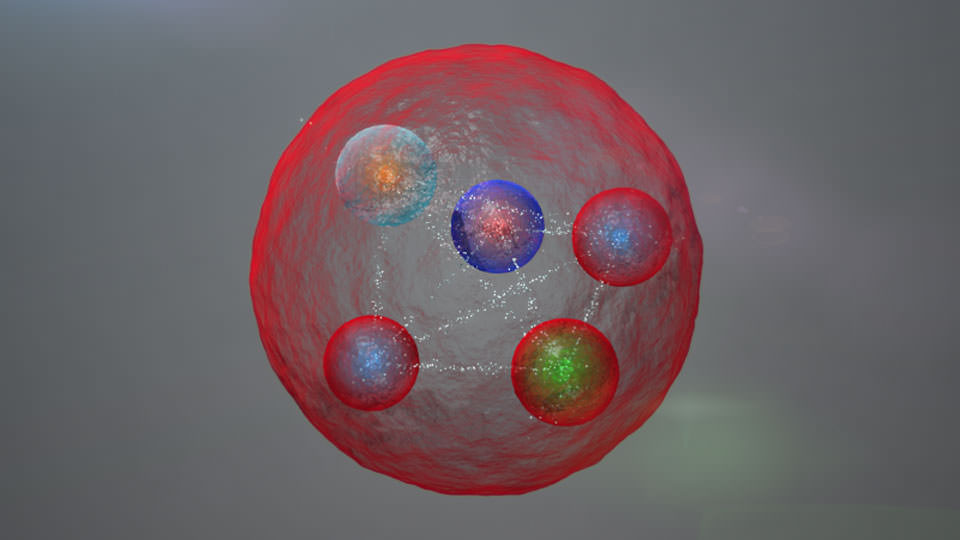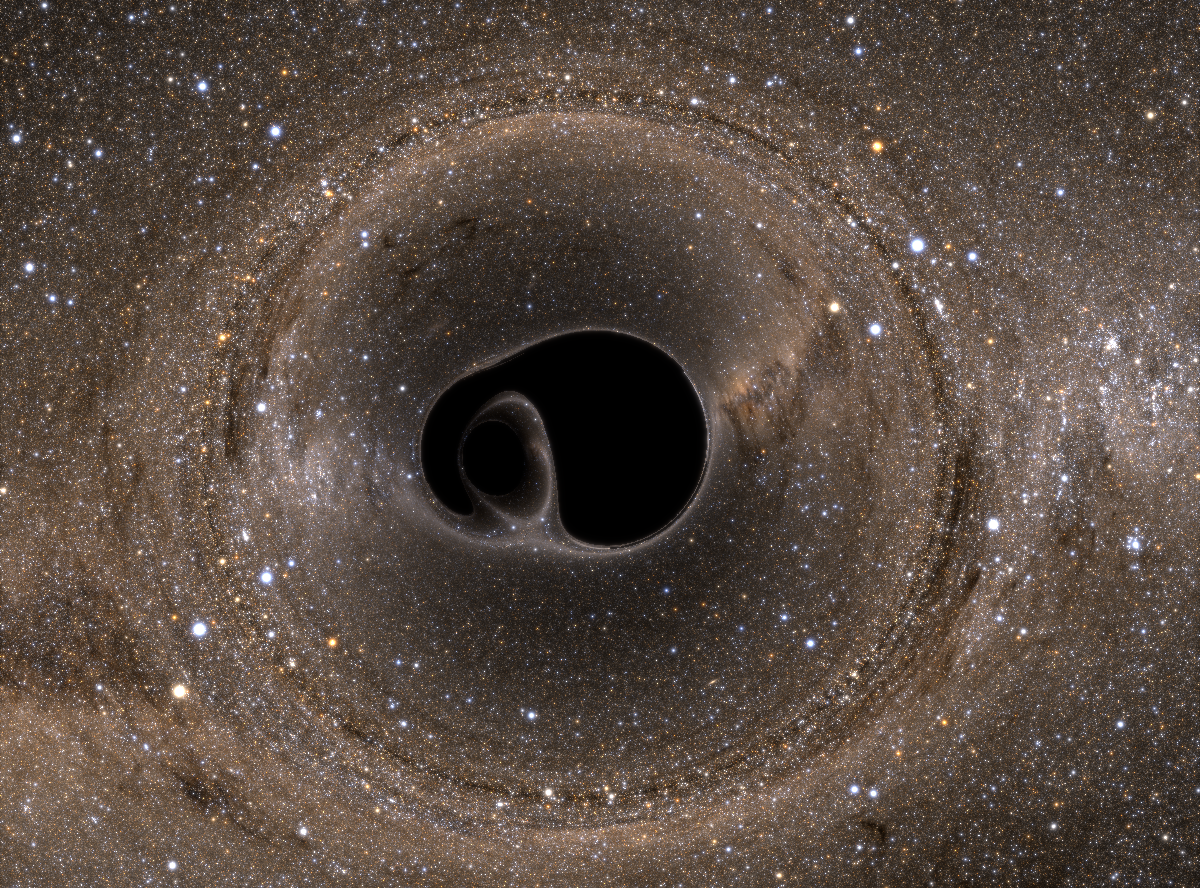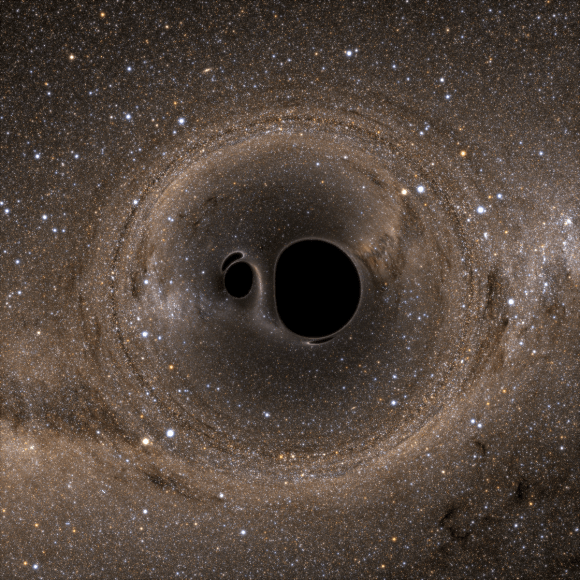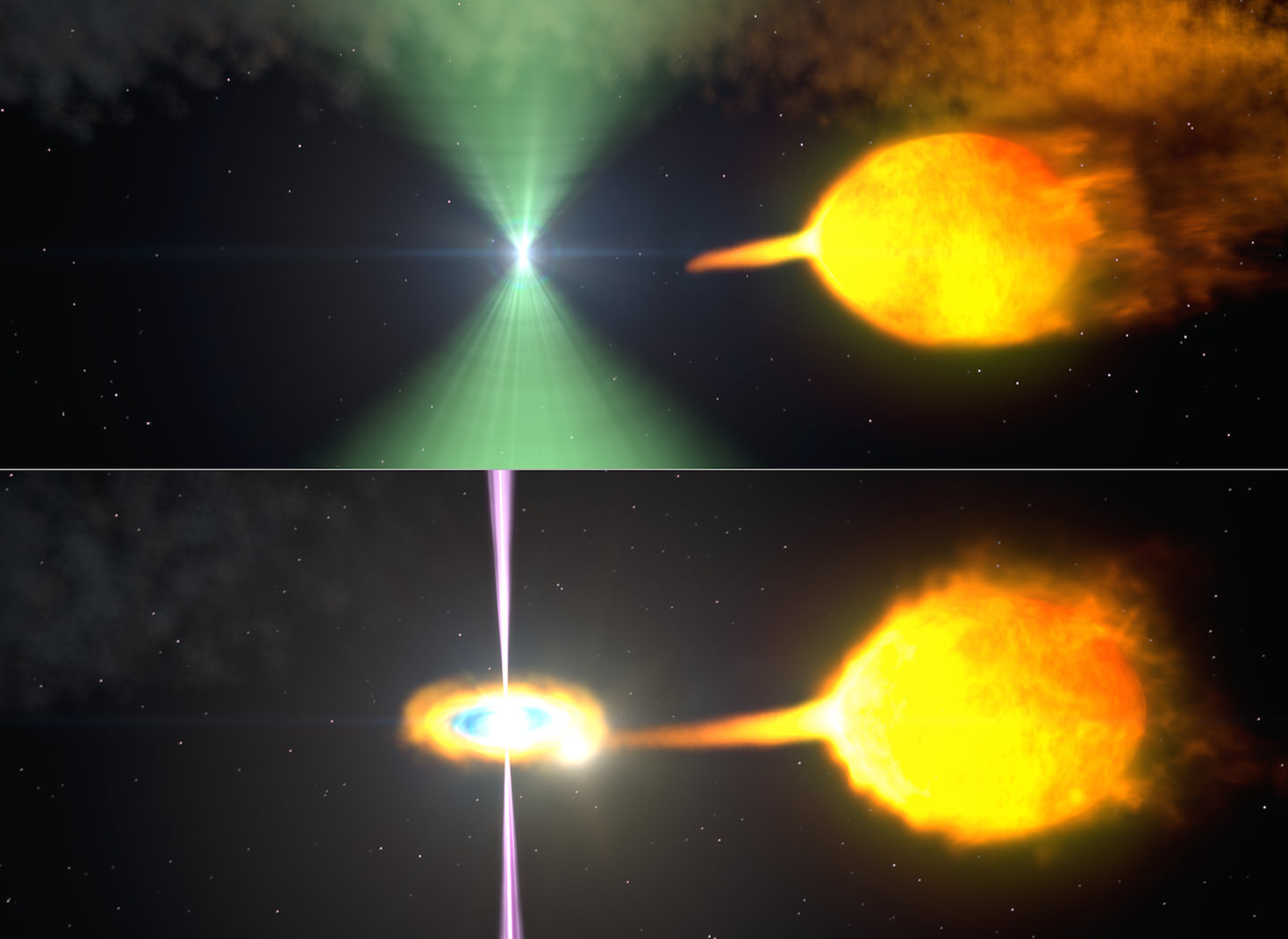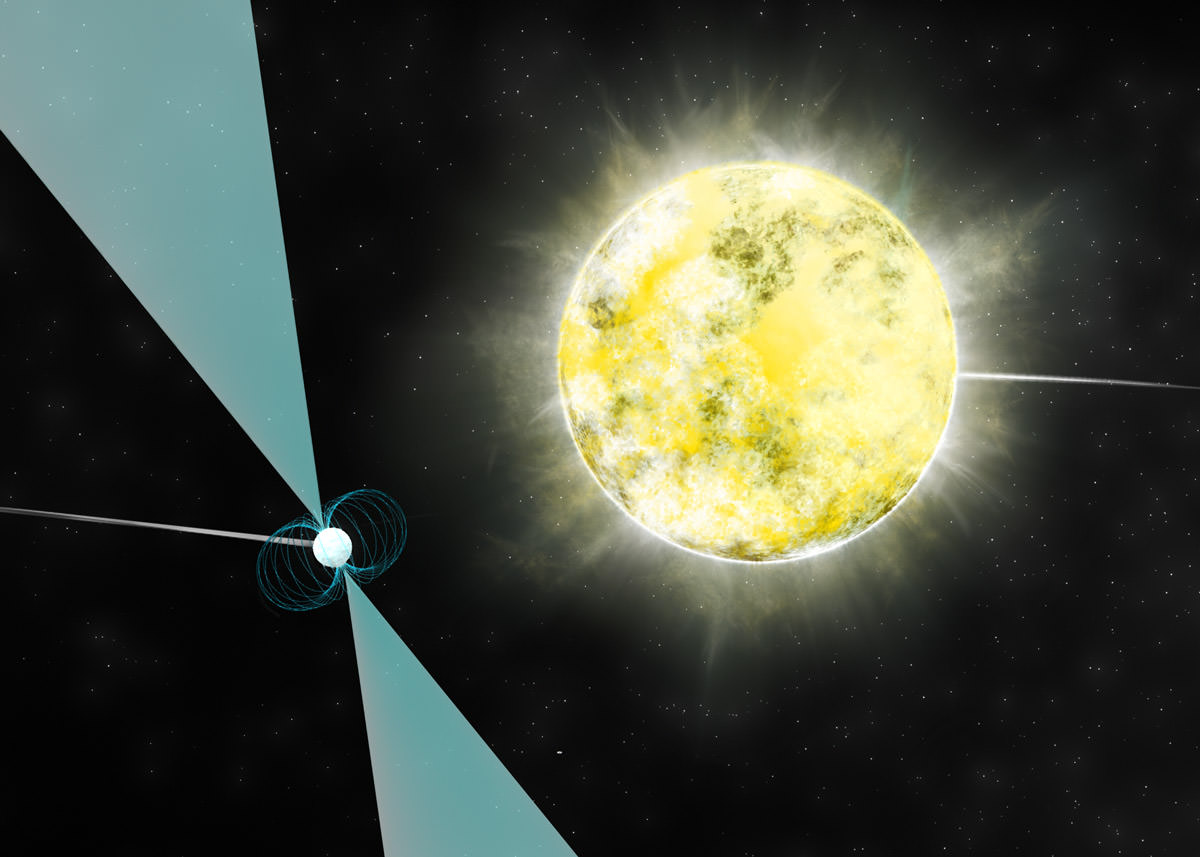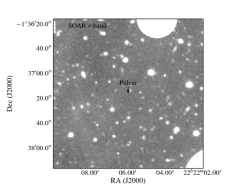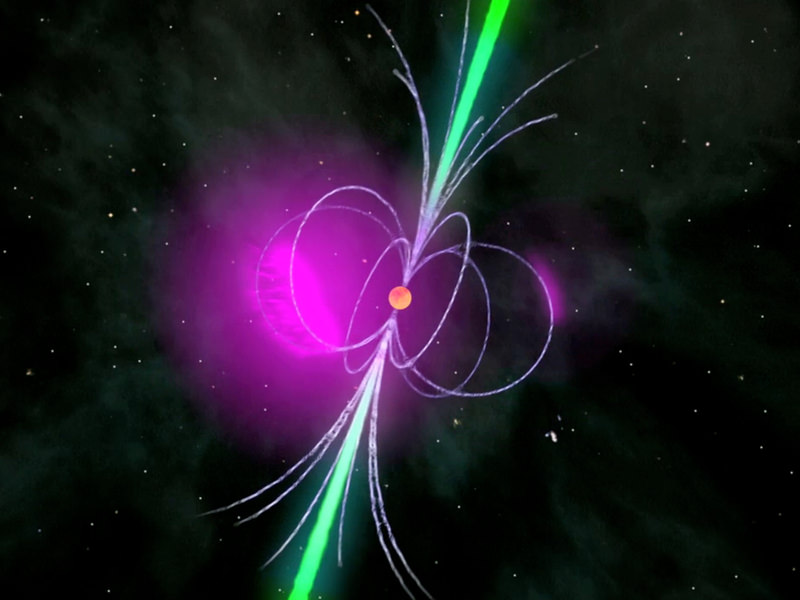We’ve covered the full range of exotic star-type objects in the Universe. Like Pokemon Go, we’ve collected them all. Okay fine, I’m still looking for a Tauros, and so I’ll continue to wander the streets, like a zombie staring at his phone.
Now, according to my attorney, I’ve fulfilled the requirements for shamelessly jumping on a viral bandwagon by mentioning Pokemon Go and loosely connecting it to whatever completely unrelated topic I was working on.
Any further Pokemon Go references would just be shameless attempts to coopt traffic to my channel, and I’m better than that.
It was pretty convenient, though, and it was easy enough to edit out the references to Quark on Deep Space 9 and replace them with Pokemon Go. Of course, there is a new Star Trek movie out, so maybe I miscalculated.
Anyway, now that we got that out of the way. Back to rare and exotic stellar objects.
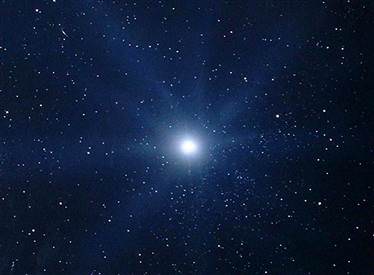
There are the white dwarfs, the remnants of stars like our Sun which have passed through the main sequence phase, and now they’re cooling down.
There are the neutron stars and pulsars formed in a moment when stars much more massive than our Sun die in a supernova explosion. Their gravity and density is so great that all the protons and electrons from all the atoms are mashed together. A single teaspoon of neutron star weighs 10 million tons.
And there are the black holes. These form from even more massive supernova explosions, and the gravity and density is so strong they overcome the forces holding atoms themselves together.
White dwarfs, neutron stars and black holes. These were all theorized by physicists, and have all been discovered by observational astronomers. We know they’re out there.
Is that it? Is that all the exotic forms that stars can take? That we know of, yes, however, there are a few even more exotic objects which are still just theoretical. These are the quark stars. But what are they?

Let’s go back to the concept of a neutron star. According to the theories, neutron stars have such intense gravity they crush protons and electrons together into neutrons. The whole star is made of neutrons, inside and out. If you add more mass to the neutron star, you cross this line where it’s too much mass to hold even the neutrons together, and the whole thing collapses into a black hole.
A star like our Sun has layers. The outer convective zone, then the radiative zone, and then the core down in the center, where all the fusion takes place.
Could a neutron star have layers? What’s at the core of the neutron star, compared to the surface?
The idea is that a quark star is an intermediate stage in between neutron stars and black holes. It has too much mass at its core for the neutrons to hold their atomness. But not enough to fully collapse into a black hole.
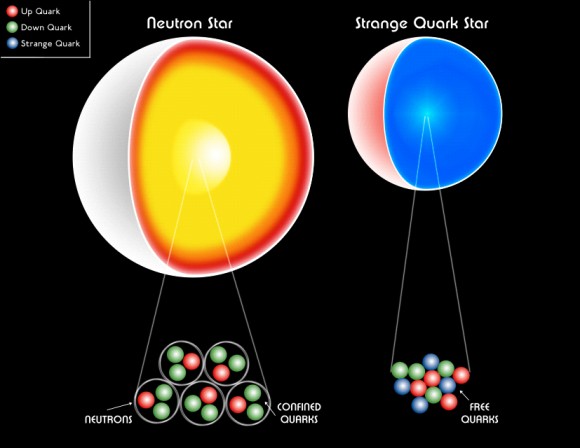
In these objects, the underlying quarks that form the neutrons are further compressed. “Up” and “down” quarks are squeezed together into “strange” quarks. Since it’s made up of “strange” quarks, physicists call this “strange matter”. Neutron stars are plenty strange, so don’t give it any additional emotional weight just because it’s called strange matter. If they happened to merge into “charm” quarks, then it would be called “charm matter”, and I’d be making Alyssa Milano references.
And like I said, these are still theoretical, but there is some evidence that they might be out there. Astronomers have discovered a class of supernova that give off about 100 times the energy of a regular supernova explosion. Although they could just be mega supernovae, there’s another intriguing possibility.
They might be heavy, unstable neutron stars that exploded a second time, perhaps feeding from a binary companion star. As they hit some limit, they converting from a regular neutron star to one made of strange quarks.
But if quark stars are real, they’re very small. While a regular neutron star is 25 km across, a quark star would only be 16 km across, and this is right at the edge of becoming a black hole.
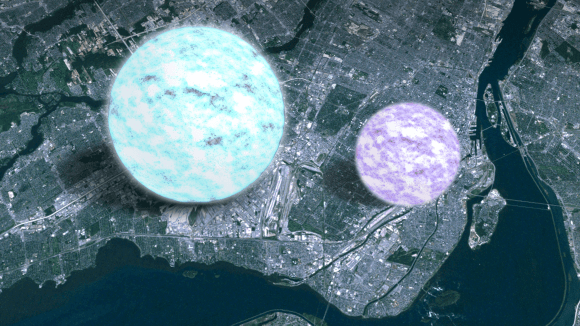
If quark stars do exist, they probably don’t last long. It’s an intermediate step between a neutron star, and the final black hole configuration. A last gasp of a star as its event horizon forms.
It’s intriguing to think there are other exotic objects out there, formed as matter is compressed into tighter and tighter configurations, as the different limits of physics are reached and then crossed. Astronomers will keep searching for quark stars, and I’ll let you know if they find them.




